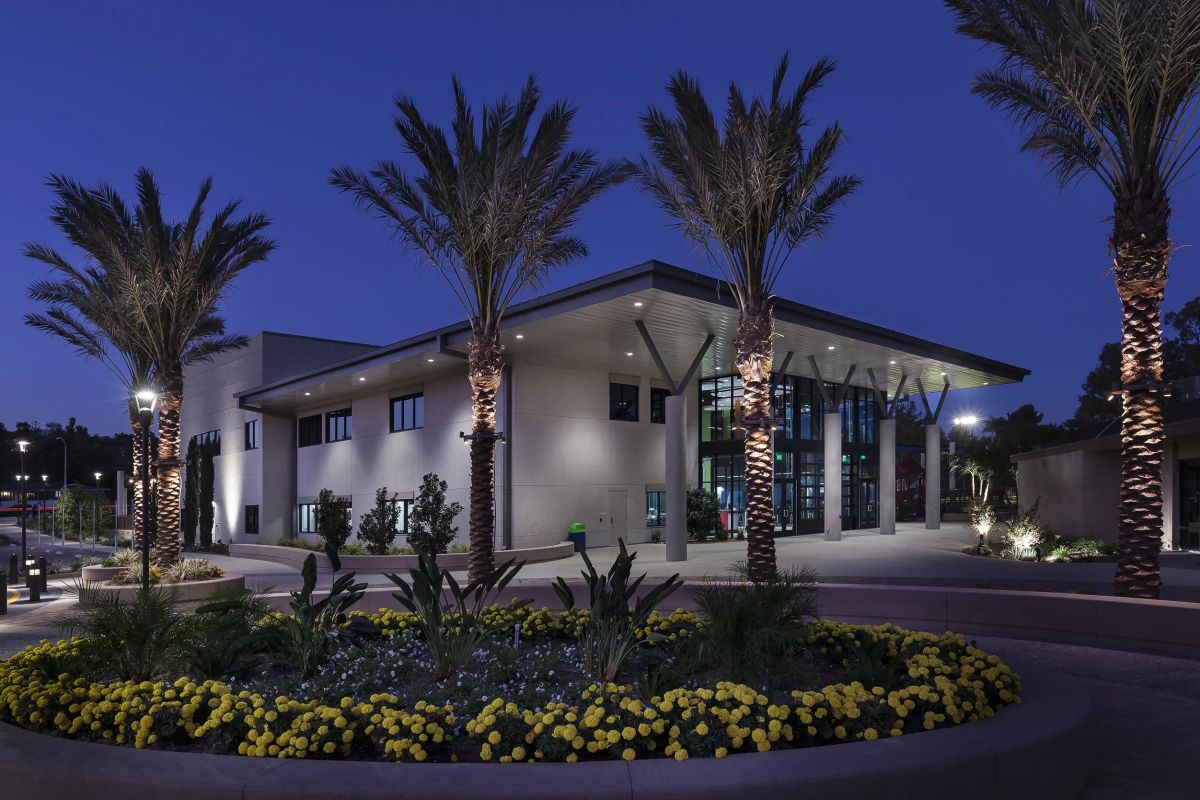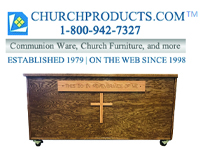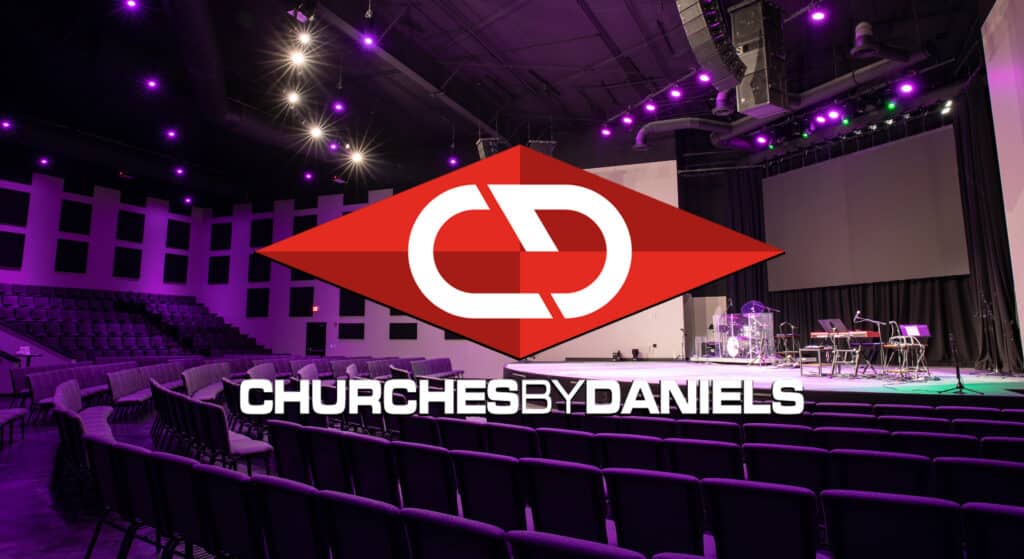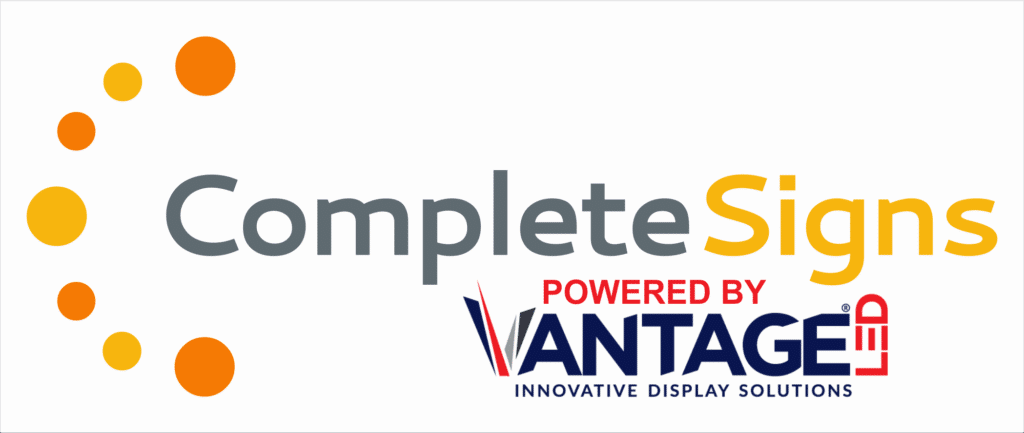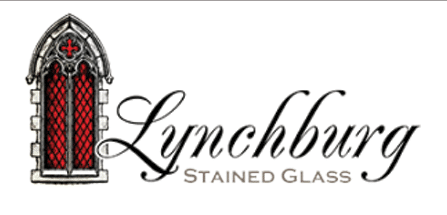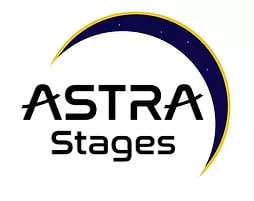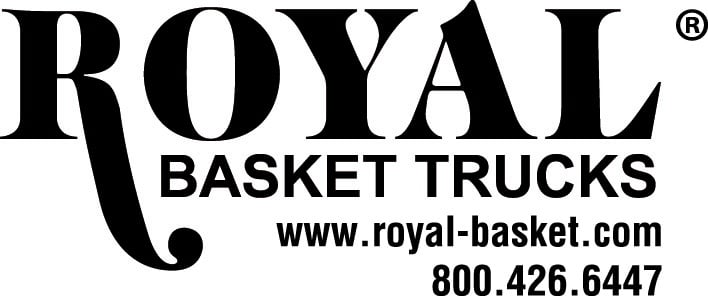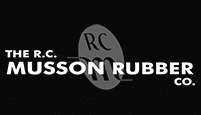Design choices early on can have a significant impact on the sustainability of your church building, property and resources in the future. Sustainable building alternatives can increase efficiencies, sustain the environment and create significant economic return.
Many non-profits cannot justify the high expense involved with LEED Certification, which includes a set of rating systems for the design, construction, operation, and maintenance of buildings aimed to help owners and operators be environmentally responsible and use resources efficiently.
However, there are a number of sustainable concepts that ministries and other non-profits can incorporate into the design of their building to reduce life cycle costs and lower its impact on the environment, which allows us to glorify God through our careful stewardship of His creation.
Building Orientation & Envelope
Temperature changes from season to season have a significant impact on a building’s energy use and occupant comfort. Green Stewardship starts with identifying the best building orientation on the site to optimize sun exposure and then designing an efficient building envelope that reduces heat transfer.
A heated building will lose heat to its colder exterior in the winter, and, during the summer, an air-conditioned building will draw heat from its very warm exterior. This makes the concept of thermal control a very important part of the design process, with the goal of having a more energy-efficient building.
The architect’s understanding of heat transfer and how certain building materials can be used to impede it is the first step in meeting this objective. In addition to energy-efficient insulation, this also includes the use of windows with Low-E glass that reflect heat; the strategic placement of windows, sky lights and doors to avoid west-facing glass where possible; and the consideration of light-colored, highly reflective roofing materials.
By making sound decisions early on in the design process about the building orientation and envelope, there is less solar heat load to contend with, resulting in lower HVAC system costs and improved indoor thermal comfort.
Innovative Building Systems & Products
The architect’s specifications of products within the building will have a major impact on energy efficiency through long-term maintenance and operation costs. Architects working on ministry-based projects should carefully select innovative products that extend the life of your building and bring ongoing savings.
Church architects and Christian school designers should be focused on specifying the most innovative and highest quality products that can deliver not only the best up-front savings, but also the lowest long-term “life-cycle” costs.
There is a wide range of manufacturers that offer innovative and energy-efficient solutions, from maintenance-free flooring products that are made from recycled or recyclable materials to restroom fixtures that reduce water usage by as much as 60 percent.
In addition to being good stewards of God’s creation, architects should be focused on ensuring that ministry buildings remain affordable to operate and maintain, so that these dollars can be invested back into ministry objectives.
This information is courtesy of Building God’s Way (BGW), whose mission is to build God’s Kingdom by translating the vision of Christian organizations through innovative, stewardship-driven architecture, www.bgwservices.com.



